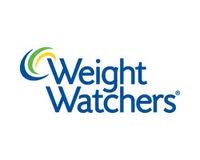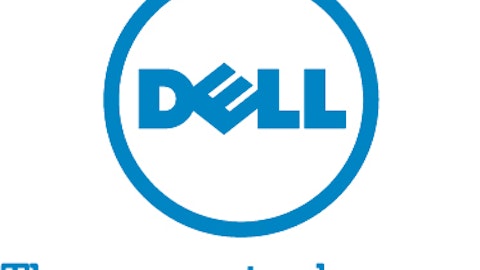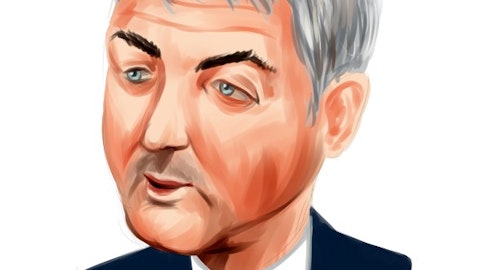The weight-loss industry is big. In the United States alone weight-loss companies record about $20 billion in annual revenue, and at any given time over 100 million Americans are attempting to diet. Weight loss systems come and go, with many proving to be ineffective at best and dangerous at worst. But Weight Watchers International, Inc. (NYSE:WTW) has been around for decades, watching fads come and go as it has grown into one of the largest weight-loss companies in the world.
What makes Weight Watchers special
The Weight Watchers International, Inc. (NYSE:WTW) program is based on a point system. Everything you eat and drink throughout the day is assigned a point value based on a set of formulas, and the goal is to not exceed the maximum number of points. The method works by making sure that you burn more calories than you take in, creating a calorie deficit which leads to weight loss. The point system simplifies this process and makes it easier keep track of what you eat.
The big thing that differentiates Weight Watchers International, Inc. (NYSE:WTW) from the competition is its vast network of meetings. Over 40,000 meetings are held each week. The company collects a weekly fee for attending these meetings, which provide support and motivation to members. This infrastructure, along with a well recognized brand, gives Weight Watchers a distinct long-term advantage in its industry.
Bad decisions
In January I wrote an article entitled Destroying Your Waistline Along With Shareholder Value which criticized the company for a destructive share buyback program. In early 2012 Weight Watchers International, Inc. (NYSE:WTW) took on a massive amount of debt to purchase shares for $82 each through a tender offer as well as from its largest shareholder. This action reduced the share count by about 24% while adding significantly to the debt.
Since that time the share price has plummeted to around $45 per share, down 45% from the price paid for the buybacks.
I argued that Weight Watchers International, Inc. (NYSE:WTW) was not worth anywhere close to $82 per share and that the company was vastly overpaying for its own shares. This led to a destruction of shareholder value and large interest payments eating up profits. The market apparently came to the same conclusion.
But now that the stock has fallen by so much it’s time to take another look at Weight Watchers. Does the stock offer value at the current depressed price?
So much debt
As of the end of the first quarter Weight Watchers International, Inc. (NYSE:WTW) has a total debt of $2.4 billion. This is just about the same as the market cap of the company and on a per-share basis comes out to an astonishing $42.85 per share. The company does have about $120 million in cash, but it appears that this cash is part of the working capital and thus probably shouldn’t be considered excess cash.
In the past 12 months Weight Watchers International, Inc. (NYSE:WTW) has spent $100 million on interest payments on this massive debt, about 20% of its operating income. The company recently refinanced much of its debt, leading to an increase of about $18 million in the annual interest expense. It looks like the company will be paying about $120 million on its debt in the future.
Highly profitable
Weight Watchers International, Inc. (NYSE:WTW) generates exceptional profits. In 2012 operating margin sat at 28%, with a net income margin of 14% and a free cash flow margin of 14.8%. I prefer to look at owner earnings instead of either net income or free cash flow because I believe it better represents the true profitability of the company. Owner earnings are similar to free cash flow except for the exclusion of certain items such as changes in working capital and the addition of tax-adjusted interest payments. In 2012 Weight Watchers had owner earnings of about $295 million, or $5.27 per share. This is down a bit from 2011 due to both an increase in interest expense and a decrease in operating profits.
With a share price of about $45 it would appear that the stock is cheap. But the debt needs to be taken into account, and after adding the net debt to the share price the adjusted price-per-owner-earnings ratio sits at about 16.7. This is a lot higher than the traditional P/E ratio of 10.6. Ignoring the debt could lead one to believe that Weight Watchers is a bargain, but it’s really not.







